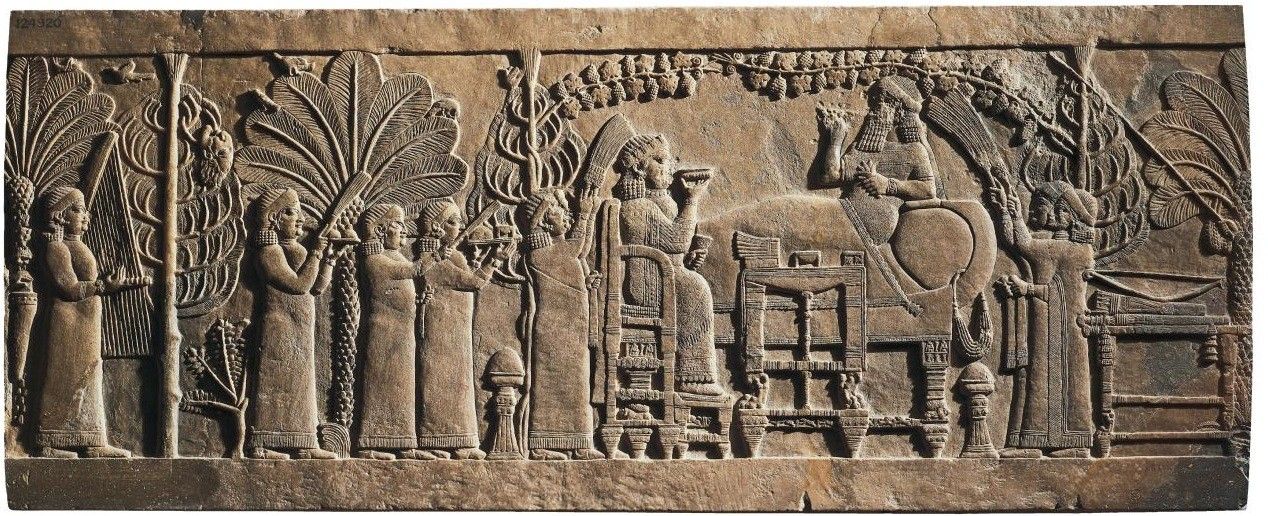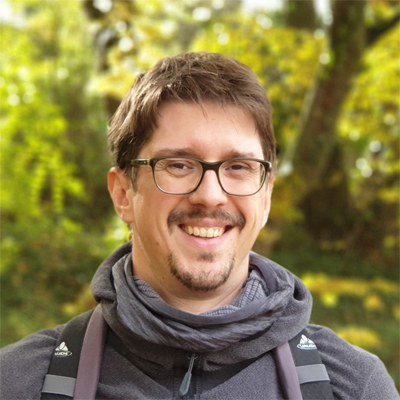My trip to London Part 2
So I already wrote about my partly failed trip to London last year. As I was not able to do the scans I wanted. I was able to do them now and I took over 2.600 photos resulting in over 156GB of data. What for? Well for the most famous relief of Neo-Assyrian art of course: The Banquet Scene of Ashurbanipal!
What relief?
So there once was a king… named Ashurbanipal who ruled the Neo-Assyrian empire in the 7th century BCE. He is famous for his library that was discovered by Hormuzd Rassam, a friend and assistant to British archaeologist Henry Austen Layard. He also constructed (well he let construct) the North Palace in Nineveh, where the relief that I scanned originated from.
It depicts the king and the queen leisurely enjoying a meal in the gardens. Servants bring them food and fanning air towards them. There is intricate detail on the furniture and garments and in the background various trees showing the multitute of plants in the royal gardens. If you look closely, you also see a decapitated head! It is from the king of Elam (a foe of Ashurbanipal) and there is a lot more details on this relief. In short: I went back to London to do what I was there for the last time. I scanned one of the most famous Neo-Assyrian reliefs: The Banquet Scene is amazing!
What did I do with it?
So my job was to scan it in the British Museum, where it is kept. I used a technique called Structure from Motion, where basically I did a lot of photos. Over 1.700 photos to be more exact. Why so many you ask? Well Structure from Motion is basically a technique in which you take a lot of photos that have a certain amount of overlapping and then stitch them together. As a result, you get a very neat 3D model. It is not as accurate as a laser scanner, but it is accurate enough.
Additionally, I also did some more photos for a method called Reflectance Transformation Imaging. In this technique, I take multiple photos from the same position, but I change the direction of the light. This way, I get a lot of photos, showing the same object, but lighted differently. In a further step, I can combine these photos into one and create a 2D image in which the user is able to change the lighting as he or she wishes.
What will I do now?
So, I am writing this on my way back from London and as a next step, I will have to post-process the images I have created. There are a lot of steps involved, until I have the results. It is planned to also publish the model and RTI results in some way, but this will take a while. We also plan to think about recolouring the relief, because we also know, that in the past, it was colourful! So we want to recreate that virtually.
So as you see, this is quiet an interesting project and I am looking forward getting on with it. I certainly will report about the progress here on this blog. So if that interests you, stay tuned!







